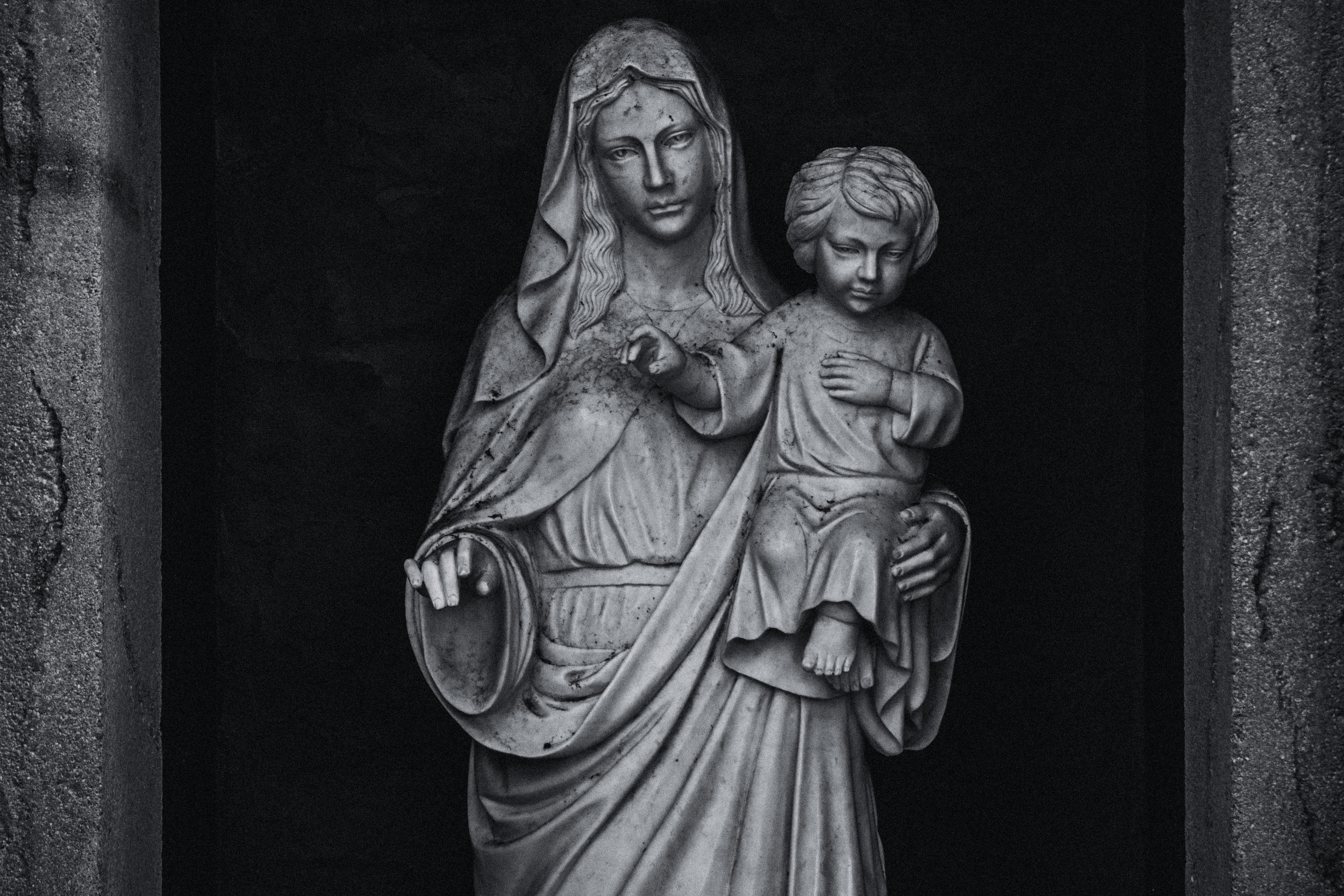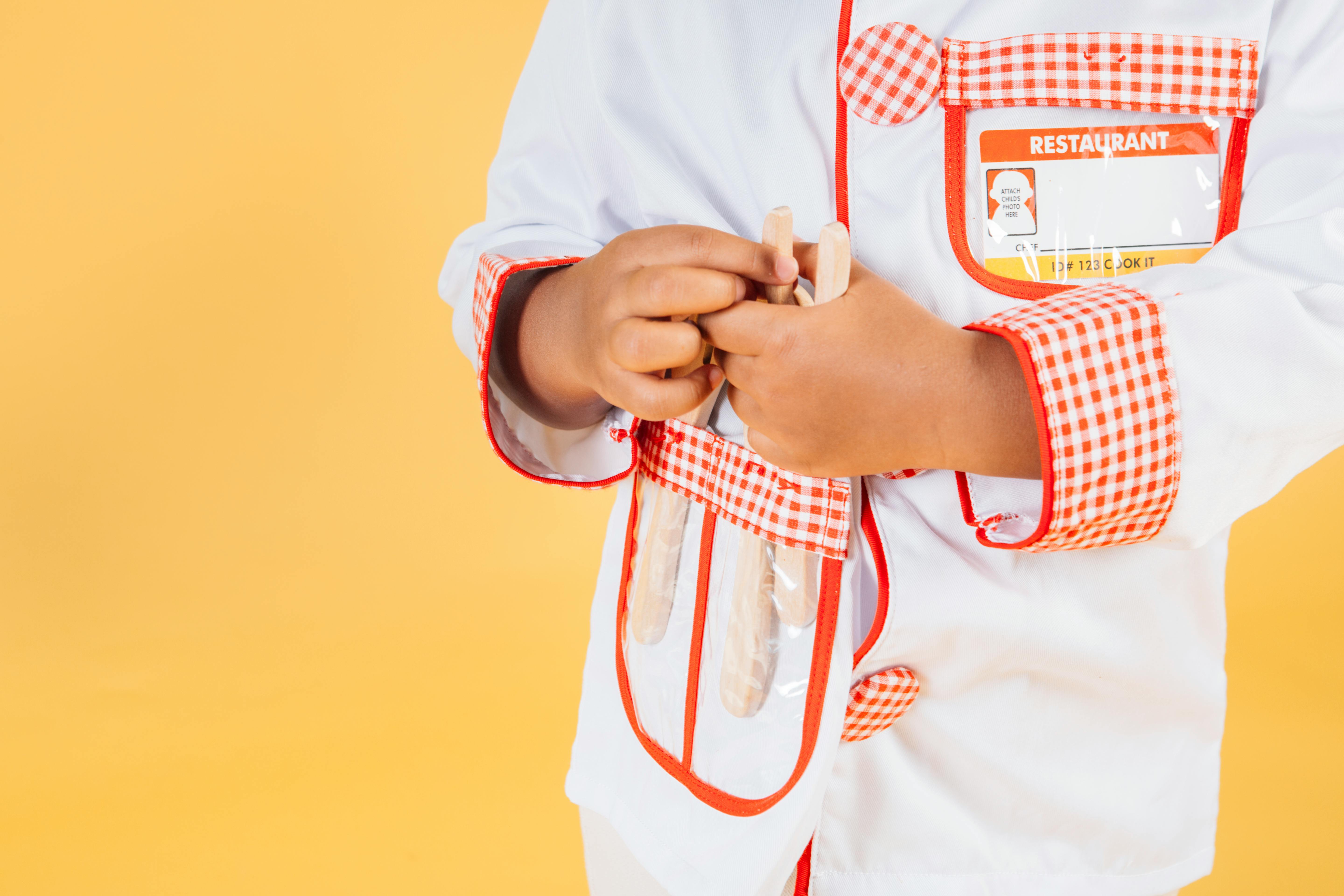Winter poses several challenges for our birds, especially when temperatures drop below freezing. We often don’t think or wonder how our birds survive cold nights, we just know they do or at least hope they do. Even those times in the Deep South, desert regions, or the Pacific Coast where a cold snap or several inches or feet of snow falls, can take a toll on a bird population. Winter brings extremely cold temperatures, strong winds, snow, and rain.
The nights seem to last forever. 16 hours of darkness and in some locations more. That doesn’t leave much time to drill and feed. However, many birds must at least triple their normal intake to survive and do so in half the time. Every winter we lose many of our feathered friends to the rigors of winter. This is how “Nature” works. Survival of the fittest, transmission of the strongest genes.
Birds have many adaptations to survive the extremes of winter. Some birds migrate, others adjust their eating habits. Birds such as Chickadees and American Goldfinches add feathers in preparation for winter. The typical chickadee or goldfinch is covered with about 1,000 feathers during the summer. By the time winter comes, they have doubled to more than 2,000 feathers. For a small bird, that can mean a lot of extra bulk and weight.
During a cold, windy, or just plain nasty day, birds will fluff up their feathers. By doing this, they create dead air pockets, much like insulation or a double pain window. This reduces heat loss by up to 30%. The extra feathers and fluff are not enough to get you through a cold winter day, but just the long, dark, cold nights.
Birds also have a unique circulatory system in their feet to help them cope with cold temperatures.
Pay attention now.
Warm arterial blood from within the bird, heading to the bird’s legs and feet, passes through a network of small passageways that run together with the cold-blooded veins returning from the feet. The network of vessels acts as a radiator and exchanges heat from warm outgoing arterial blood to cool venous blood. By heating the old blood, no heat is lost and the feet receive a constant supply of life-sustaining blood. This is also the reason why waterfowl can swim in near-freezing water and not get cold.
Fat is another important survival adaptation to winter weather. Fat acts as an insulator as well as an energy reserve. During the day, birds eat to build up fat reserves. On average, a bird can accumulate up to 15% to 20% of its body weight in fat before it becomes heavy to fly.
Now remember, the days are shorter and colder. Birds have to eat enough to get through the day and replenish fat stores. The smaller the bird, the higher the metabolism (more energy burned). Birds do not have brown fat, like we do, but white fat. White fat is a high-energy fuel that is used to power the heating process of the bird.
shaking
Thermogenesis is a fancy name for chills. You can’t really see it, but all the birds shiver in the cold of winter. From the largest birds like eagles and waterfowl to the smallest birds like hummingbirds. They all shiver to maintain their core body temperature between 106 and 109 degrees, depending on the species.
Chills produce five times more heat than normal and can maintain a normal body temperature for six to eight hours in temperatures that drop below minus 70 degrees Fahrenheit. Without shivering, the bird’s body temperature would drop rapidly and the bird would become hypothermic.
At night, birds like the great chickadee shudder, or do not take another step. To conserve heat and energy, chickadees can lower their body temperature by interrupting their shivering. These periods of inactivity allow the bird’s body temperature to cool down slowly, until periods in which it drops by 10 or 12 degrees. At this point, the bird enters a state of unconsciousness called torpor. Your breathing and heart rate will also slow down during this period.
Energizing
As morning approaches, the periods of inactivity decrease until the bird returns to constant shivering. The body temperature returns to the normal range and the bird regains consciousness. The result of this dormant state is energy savings of up to 20% during a typical winter night.
Conserving energy is very important when considering how little fat a bird can store. Based on a daily body fat gain of 15%, a typical chickadee has about 16 to 24 hours of fat or energy reserves to get through a winter night. That’s my friend so it’s imperative that a bird leaves early in the morning and stays late to find food no matter the weather.
If you don’t replenish your fat stores every day, the bird won’t have enough energy to make it through the next night and will die. There was a time when the natural world provided food for most wild animals. With ever-shrinking habitat, winter cover and food supply continue to shrink.
You can increase the odds for birds and some mammals simply by filling their feeders with their favorite food and offering suet. Fresh water is also important. When birds are required to eat frozen snow, valuable energy is needed to heat that snow as it passes by.
The next time you head out into the cold or even the heat to fill your feeders, think about this: “Nature” has provided birds with some wonderful tools to survive, whether it’s migration, blood circulation, diet change, extra feathers, or shivering.
Birds are truly a wonder for us to enjoy. On the one hand, it is unfortunate that many birds now need our help to survive. However, look at the education and joy we get from caring for and feeding our birds.






